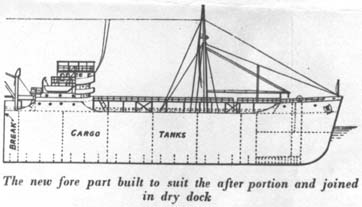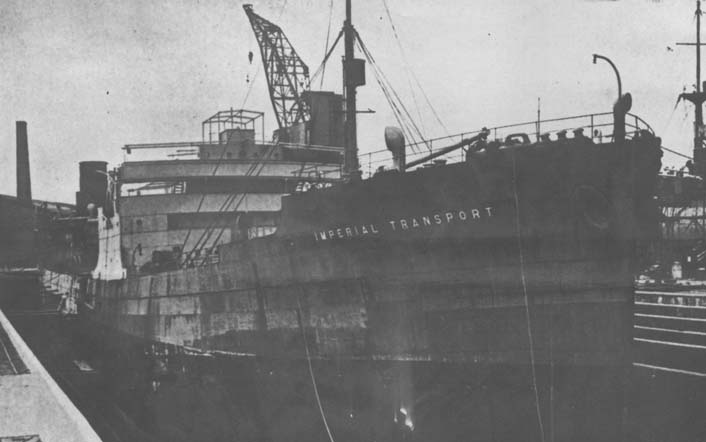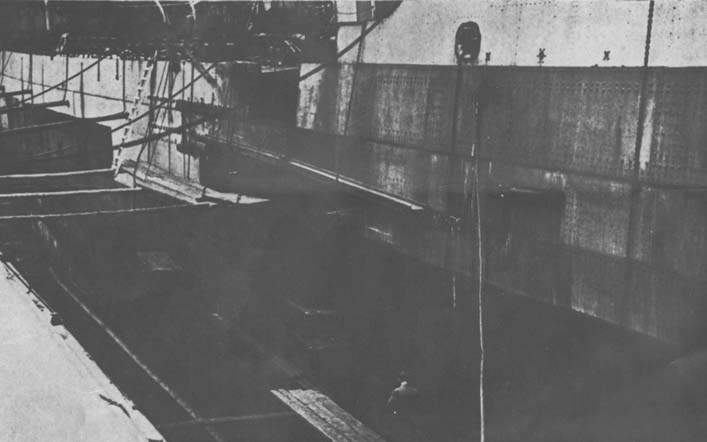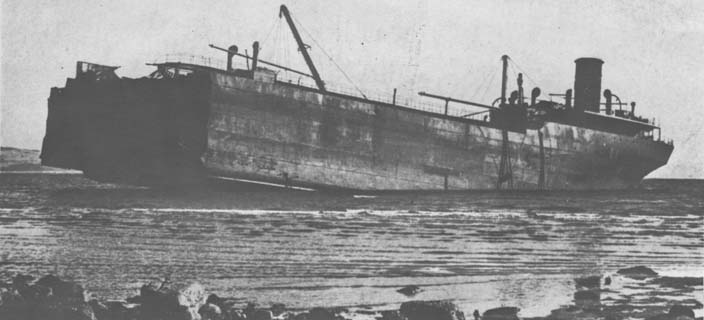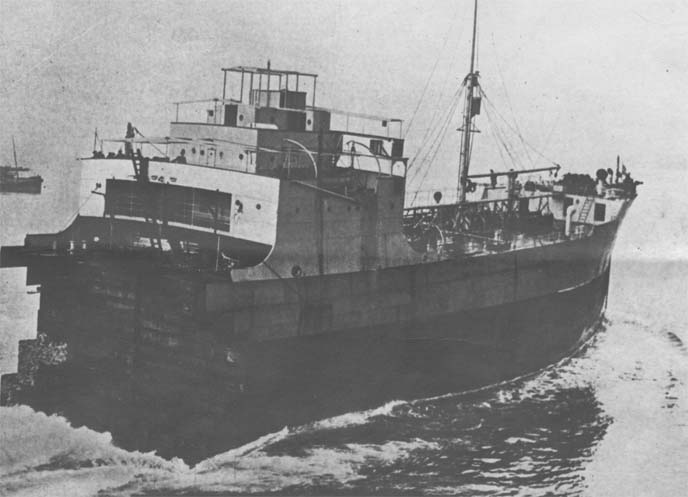N. B. S. 2 C-DD372/L9 (814) ENCLOSURES CONFIDENTIAL AIRMAIL |
NAVY DEPARTMENT BUREAU OF SHIPS Washington, D.C. |
| From: | The Chief of the Bureau of Ships |
| To: | The Commandant, Navy Yard, Mare Island. |
| SUBJECT: | U.S.S. CASSIN (DD372), U.S.S. SHAW (DD373) -Action Damage Repairs. |
| References: | ||
| (a) | OPNAV ltr. Op-23G-EIK(SC)L9-3/DD Serial 0206423 of December 18, 1941. | |
| C&R Plan # | Title | |
| (b) | 192810-L | Faired Lines from Mold Loft Offsets. |
| (c) | 192811-L | Frame Offsets from Mold Loft Offsets. |
| (d) | 192838-L | Mold Loft Offsets, Shell Seams, Longitudinals, Bilge Keel, and Breast Hook. |
| Enclosure: h.w. (3 sets) | ||
| (A) | Photostatic copy pages 17,18,19 - Shipbuilding and Shipping Record of July 3 , 1941 - Title: "An Interesting Repair." | |
1. On the basis of preliminary reports, the Bureau believes that it will be feasible and practicable to undertake complete salvage and repair work on the CASSIN and SHAW recently damaged in battle. In reference (a) the Chief of Naval Operations assigned availability at the Navy Yard, Mare Island for the work involved.
2. Initial information received indicates that the SHAW will require a new bow from frame 68 forward. The after portion of the ship from frame 87-1/2 is reported to be in excellent condition, and it is presumed that only moderate repairs in this section will be required. The condition of number one fireroom is not known at the present time. The Bureau believes it will be practicable to construct a new bow section on building ways, subsequently launching this section and joining it with the after section of the ship in drydock. A similar repair was recently performed in a British shipyard and is described in general terms in excerpts of the July 3, 1941 issue of Shipbuilding and Shipping Record, which are furnished as enclosure (A).


